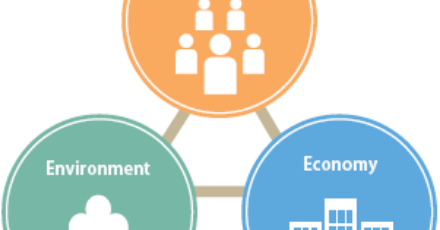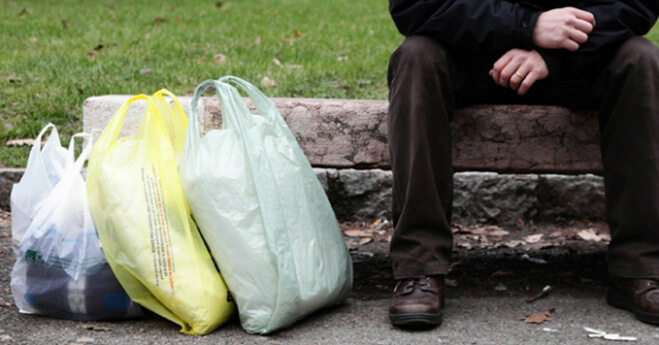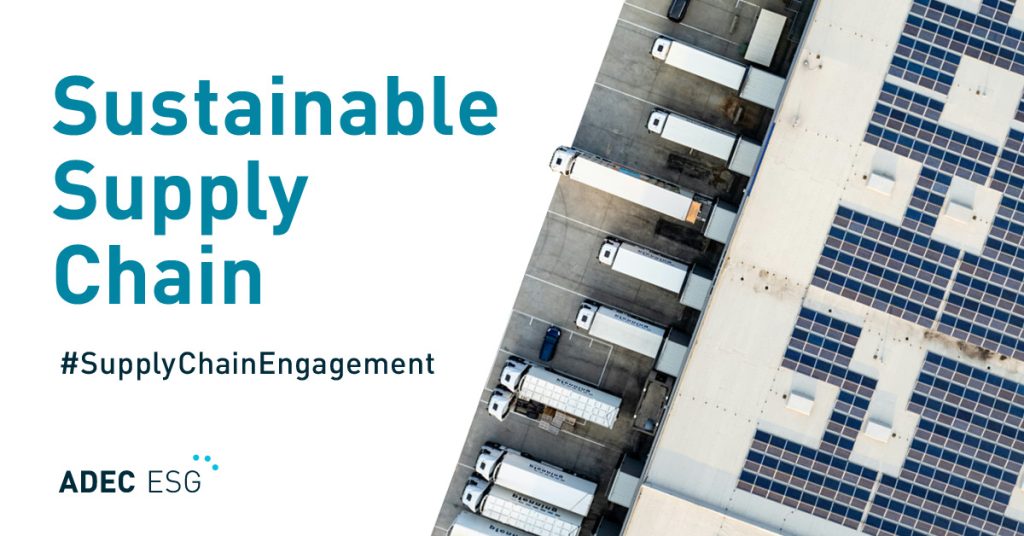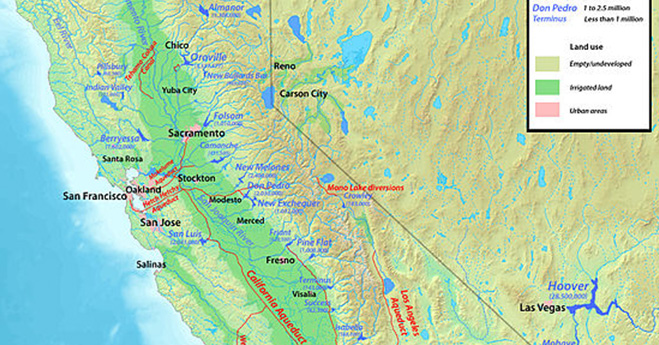CSR Equals Increased Brand Value

According to the 2013 Cone Communications/Echo Global CSR Study, there is a clear indication that consumers place a great deal of their decisions based on a company’s Corporate Social Responsibility (CSR initiatives).
Plastic Bags: To Ban or Not to Ban?

The move to ban the use of plastic bags has long been debated by environmentally-concerned citizens, governments, and plastics manufacturers, especially in the US. The environmental impacts of plastic bags cannot simply be discounted. According to the US National Park Service, it can take anywhere from ten to twenty years for plastic bags to break down in the environment. In the decade or two that it takes for plastic to break down, they take up space in already-crowded landfills, pollute waterways, and pose threats to local wildlife. Some companies that specialize in selling re-usable, environmental-friendly bags such as The Enviro-Pros and EnviroSax, claim that 380 billion plastic bags are used in the United States every year, with an estimated 12 million barrels of oil drilled to make them. What’s more is that only 1 to 2% of plastic bags are actually being recycled according to the Clean Air Council.
How a Growing Asia Can Become a “Greener” Asia

Over the past two decades, Asia has become a “source of strength” for the global economy; with many Asian countries growing at an unstoppable accelerated pace, driven by and benefiting businesses from every sector in the region.
Surmounting the Challenges of Preparing Climate Change Reports

In these climate-challenged times, a comprehensive climate change report is more important than ever.
Emphasizing Low-Carbon Strategies to Attract Climate-Savvy Investors

For years, businesses have been trying to learn how best to deal with the effects of climate change in their annual reports. On the side of capital markets, they learned that annual financial performance may not be enough for them to discern whether they are making good investments or not. As they primarily reviewed financial performance, some investors felt the impact of climate change when the companies they invested in experienced losses due to extreme weather conditions.
Bats and White-Nose Syndrome: How YOU Can Make a Difference

Did you know? White-Nose Syndrome (WNS) has affected approximately 5.7 million bats since its discovery in 2006. WNS is caused by a fungus (Pseudogymnoascus destructans), that grows on the nose (and sometimes wings, ears, and tails) of hibernating bats. This relatively new disease is still unknown to many people. Increasing people’s awareness of WNS is the first step to combating the deadly disease that is running rampant throughout the eastern United States and Canada. Read on to find out how YOU can make a difference to help protect nature’s furry little pest exterminators.
Environmental Sustainability Solutions in China: A Greener Country

China, in every sense of the word, is a global giant. Being one of the world’s largest countries, China is also home to the world’s largest population and one of the world’s largest economies. But being on top of world rankings isn’t always good, especially when it comes to being dubbed as one of the world’s most polluted countries.
Sustainable Supply Chain: Choose the Right Suppliers

A business that is truly a responsible steward to the environment, whether they are a multinational organization or a single proprietorship, will look beyond their walls to lower their impacts.
Climate Action Plan: Revitalizing the Energy Industry

On June 14th, 2013 US President Barack Obama delivered a strong message to the American public as well as to the rest of the world: strong, proactive action on climate change needs to be taken now.
California’s New Water Resources Management Plan

The transfer of water to meet the demands of various populations in different geographical areas is not a new concept. The ancient Romans built aqueducts to supply water for public baths and drinking. In more recent times, New York City is supplied by a web of tunnels and pipes that stretch 125 miles north into the Catskills Mountains. Due to the accelerated pace of population growth and an increase in the amount of water each person uses, the need to convey water to meet this increase in demands suggests that the need for conveyance will persist.
SB 18-Native American Tribes and Cultural Resources Management

The following serves as an overview of the procedures and timeframes for the Senate Bill (SB) 18-the Tribal Consultation process. The State of California Office of Planning and Research has the complete Tribal Consultation Guidelines.
Senate Bill 18 and Cultural Resources Management

Senate Bill 18 was authored by Senator John Burton in 2003 and signed into law by Governor Schwarzenegger in September 2004. The intent of SB 18 is to provide California Native Americans with the opportunity to participate in local land use decisions during the early planning stages.
The Effects of Environmental Compliance on Telecommunication

If you watched television anytime during the past decade, then chances are you are familiar with the Verizon Wireless ad campaign that featured a bespectacled Verizon employee roaming the far reaches of the United States asking the question, “Can you hear me now?” This ad campaign was seemingly inescapable, and proved to be wildly successful, growing into its own pop culture phenomenon. Several diverse factors likely contributed to the success of this campaign, but arguably one of the primary reasons for it’s overall popularity was that the actor’s situation was all too relatable to the millions who use a mobile phone. Who hasn’t lost mobile phone service at one point or another? Even those who reside in the most developed of metropolitan centers, where every form of media and communication is at our disposal, are not immune to the plight of the “dropped” call.
FirstCarbon Solutions to Perform Hollywood Central Park EIR

Sensitive Species Investigations: Are Bats Really Blind? (Part 2)

Sensitive Species Investigations: Are Bats Really Blind? (Part 1)

Did you know? Bats are not blind. In fact, they see very well. However, their sense of hearing is so well developed and adapted for processing a large amount of data that they prefer to navigate with their ears.